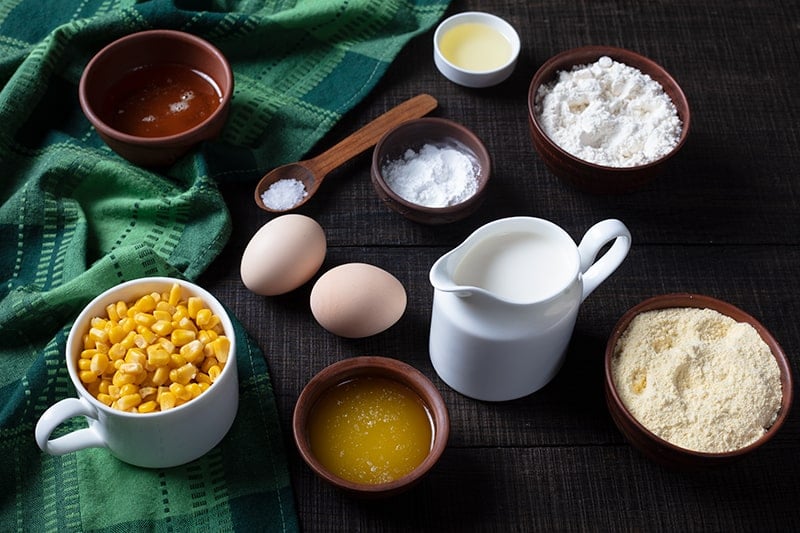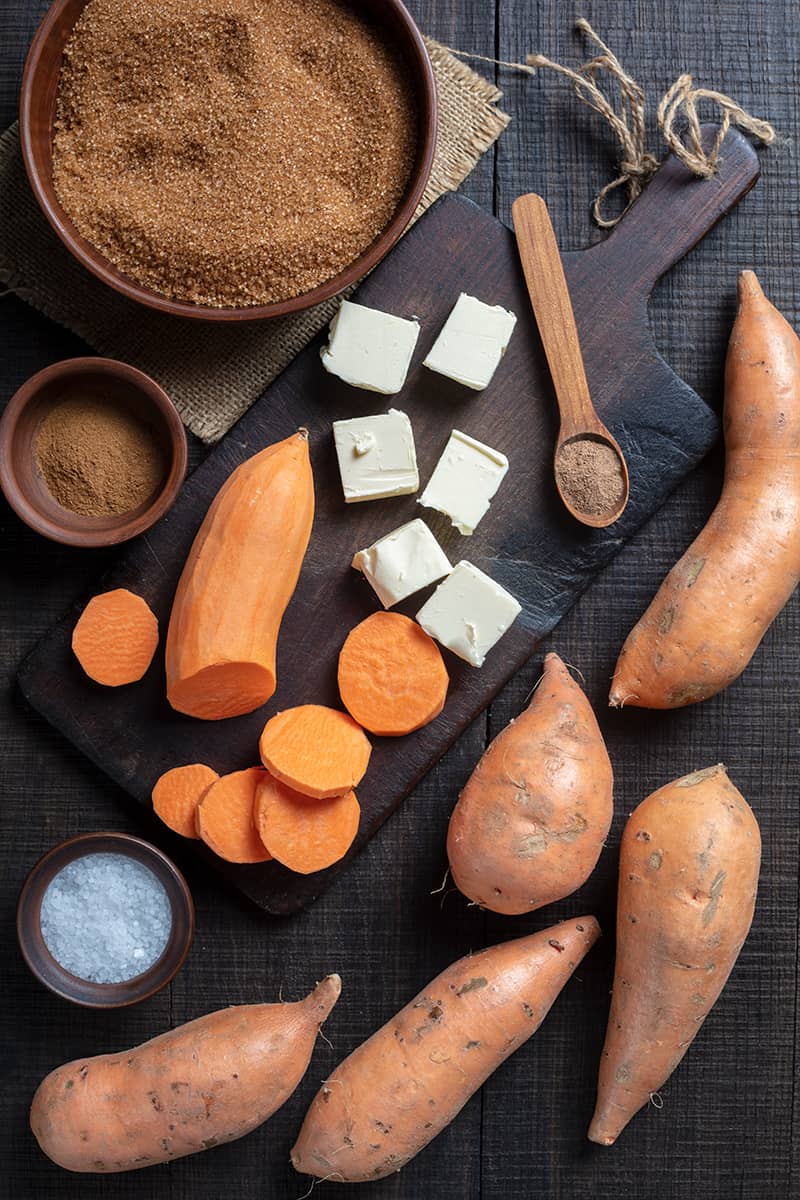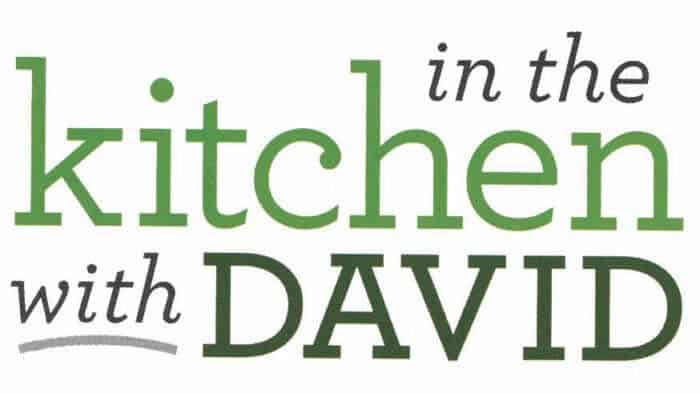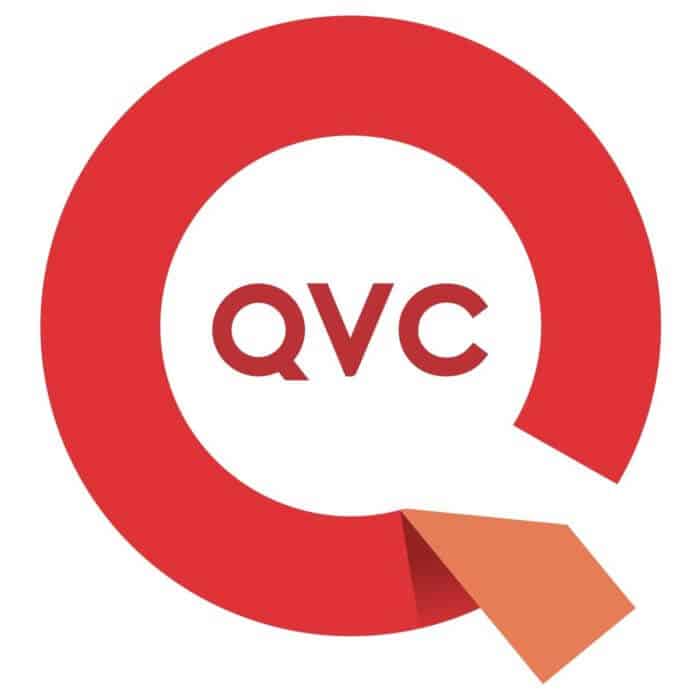This post may contain affiliate links. Please read our privacy policy for additional information.
Anyone familiar with any of the endless cooking shows on TV at the moment will likely have heard the phrase “Mise en Place.”
This strangely French-sounding name is said to every amateur chef and cooking fan multiple times a day, usually as a request “Get that Mise en Place ready!” or as a question “Got your Mise en Place?”
But what does it actually mean? Hearing it might sound lovely, but it sure would be good to know what it actually means.

What is Mise en Place?
Mise en Place sounds so French and culinary because it is quite literally a French culinary expression. It literally translates to “set up” but more accurately refers to “putting everything in its place.”
When a chef asks one of their cooks to get their Mise en Place ready, what they are really saying is to prepare everything that they need.
This means getting every single ingredient that they are going to be used throughout either the day or a specific recipe ready. Cutting vegetables, browning meat, and portioning out spices are all a fundamental part of getting your Mise en Place.
A lot of people try and avoid doing Mise en Place before cooking because they see it as a lot of hard work, but most chefs see it as a fundamentally integral part of cooking.
So what is the importance of getting your Mise en Place ready?

What Is The Importance of Mise en Place?
Mise en Place simply means to get your ingredients ready, but it is actually so much more than just that.
When you cook, you are preparing to make a final dish out a variety of different ingredients, all of which likely need their own level of preparation.
Whether that means chopping and cleaning, or dicing and browning, you need to make sure you have everything ready.
From a purely practical point of view, Mise en Place is essential because it ensures that you have everything you need to make your recipe. Without adequate Mise en Place, you might find that you actually don’t have all the ingredients that you thought you did and have to run out to the store in the middle of making something.
Even worse, you might find that, in the process of cooking your recipe, you suddenly find that you need an ingredient this very second, but it isn’t ready. So the critical time to add that ingredient has passed, meaning you might burn or overcook something based on poor preparation.
However, it isn’t just about the inherent, practical uses of Mise en Place; there is also a fair amount of philosophical and cultural background behind the term as well.

What Is The History & Philosophy of Mise en Place?
When talking about Mise en Place as a purely practical term, it is something incredibly useful to adopt in your regular home cooking.
However, with practical Mise en Place also comes a certain philosophy that chefs hold very dearly, almost so much as to call it a chef’s code.
When chefs to refer to Mise en Place outside of a specific function or task, they generally refer to it as a state of mind. “Getting your mise” or just “My mise is ready” refers to the mental state that a chef needs to have when working in a kitchen.
Cooking professionally among other chefs is incredibly unlike cooking at home; you are surrounded by other cooks, with heat and water and oil and dangerous implements everywhere you turn. Everything needs to be precise, coordinated, and careful.
Cooks that don’t have their Mise en Place ready are barely cooks at all when it comes to the professional kitchen. So having your mise ready means just being in the right mental head space; the correct methodology and way of thinking about the kitchen and yourself.
You don’t have to be a professional chef to do this – anyone can get their mise ready. You just have to do one thing.
You just need to prepare!












Leave a Comment or Recipe Tip